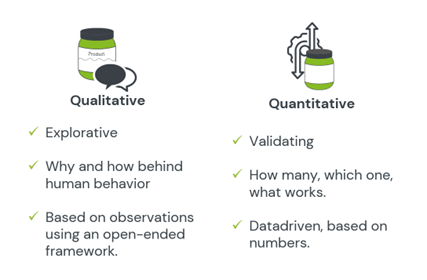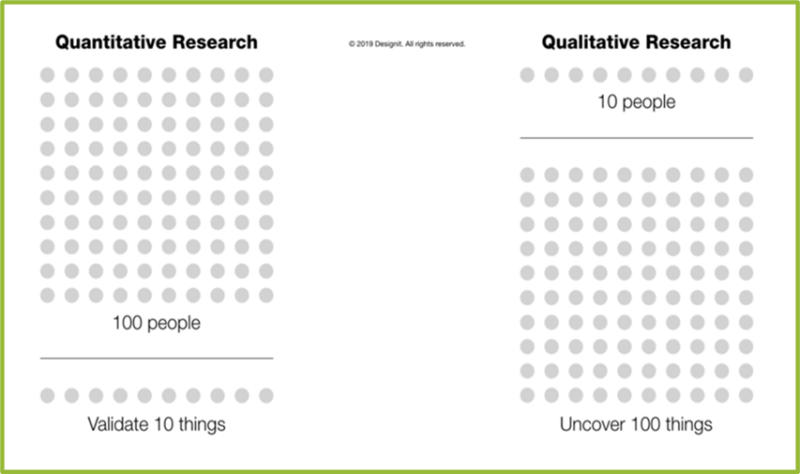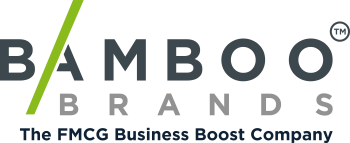By combining qualitative and quantitative research, you can extract even more value from your research data. But which method should you use when and how can you ensure the richest insights? In this blog, you'll learn more about it.
When conducting market research, the choice between qualitative and quantitative research seems obvious. Qualitative research focuses on understanding the deeper meanings and motivations behind consumer behavior, while quantitative research is about measuring and quantifying on a large scale.
However, we notice that some organizations tend to do quantitative research too quickly, while not enough qualitative insights have been gathered yet.
The method you should apply depends on a number of factors:
- The purpose of your research
- Your research questions
- The phase of the innovation process
The purpose of your research
Do you want to gain exploratory insights to optimize your concept? Then qualitative research is suitable because you are primarily looking at the "why" and "how" behind human behavior. With this method, you can map out the pains and gains of your product.
Do you want to validate insights on a large scale? So that you can convince retailers, for example, of the success of your product? Then quantitative research is suitable because you can make statements based on large amounts of data.

Examples of qualitative questions:
- At which shelf would the consumer look for my product?
- What is the spontaneous reaction of the consumer to my product?
- To what extent does my product differ from competitors?
- How does the consumer react to my product claims?
Examples of quantitative questions:
- On which shelf does my product rotate the best?
- How does my product rotate compared to competing products?
- At which retailer does my product rotate better?
- What impact does promotion have on my product?
The phase in the innovation process
Finally, it is good to look at which phase of the innovation process you are in. Typically, qualitative research is most appropriate in an early stage of the innovation process. Because it is exploratory in nature, you will discover new, sometimes unexpected insights that give direction to your innovation mn n.
But qualitative research can also be interesting in a later stage, for example, if the product is not performing according to expectations after launch. With qualitative research, you can gain insights to optimize your product.
If you are at the point where you need numerical evidence for your business case, for example, to convince internal and external stakeholders, then quantitative research is appropriate.
Combining qualitative and quantitative research
Quantitative research provides you with insights into what is happening, while qualitative insights clarify the context of these events. By combining these research methods, you can extract more value from the collected data.
Using both research methods leads to stronger evidence for your case because you use a mix of data points. Quantitative research can validate and strengthen the findings of qualitative research. And qualitative research helps to discover nuances in consumer behavior.

How to use the combination optimally
If you are going to combine qualitative and quantitative research, it is wise to conduct them parallel or after each other, so that the research can complement each other. However, be careful not to present qualitative results as quantitative results or vice versa.
More Inspiration
Do you want to learn more about qualitative and quantitative research? Check out the pages Discovery Assessments (qualitative) and Validation Assessments (quantitative). Contact us for more information.






